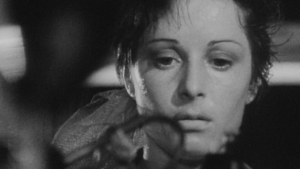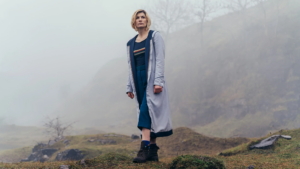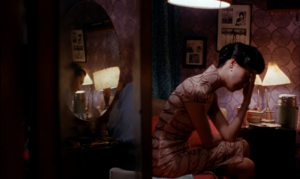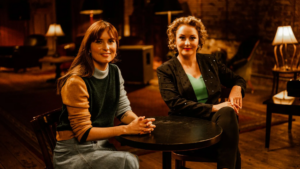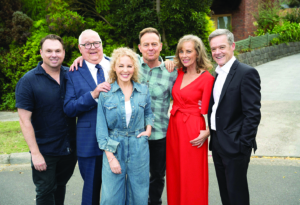Reality TV is like comfort food – fast, convenient and without much apparent substance. But, unlike your local takeaway, this type of comfort isn’t necessarily bad for your health; instead, its greatest danger is that it’s disposable. It provides the classic fifteen minutes (or fifteen-ish episodes) of fame, then leaves its ‘real’ contestants back in the ordinary world where it found them. Occasionally, however, a few former reality TV players continue life in the public eye after these first blushes of celebrity. It’s a crowded marketplace, and hard to sustain, but the launching pad can work with the right amount of grit and talent – and willingness to grab the right opportunity.
To gain something of an appreciation of reality TV programming, it’s important to remember how long the format has been around. Talent quests have been staples of radio and then early television since their beginnings, with audiences and producers fascinated by what ‘ordinary people’ can offer on outlets that are otherwise reserved for professionals. One of the oldest and most famous on our shores, Australia’s Amateur Hour, started on radio and moved to television, featuring hundreds of contestants over its eighteen years on air. While there were many flashes in the pan, there have also been others who have had long careers following their stints on the show. The records from the time are extremely scarce, but icons like Johnny O’Keefe, Bobby Limb, Jimmy Little, Chad Morgan and even Rolf Harris are all said to have gotten their starts on Australia’s Amateur Hour. There must have been some women, too (at least, I hope!). For anyone interested, the National Film and Sound Archive of Australia hosts a few short clips of the show on its SoundCloud profile.
Not unlike with contemporary talent and reality shows, a big draw for these early competitions was audience participation – in the 1940s and 1950s, this amounted to a phone call to the station to vote for a favourite. And, compared to the manufactured contestant-versus-host or host-versus-host blow-ups of today’s reality TV, these early outlets sound positively civilised.
In a twist that those mid-century dreamers could barely have imagined, after fifty-odd years, Amateur Hour is back. Originally an online-first program, and later picked up by ABC iview, this recent iteration of Amateur Hour – minus the ‘Australia’ in its title – is still very firmly rooted in local daggy wonder. Guided by Melbourne’s self-proclaimed ‘music nerd’ Laura Imbruglia, Amateur Hour is a different kind of quest than its reality TV counterparts, featuring mostly already-established musicians just wanting an outlet to explore. The old-style love of variety remains, however, with the show ensuring that it includes ‘industry veterans across many disciplines side by side with fascinating people you’ve never heard of or seen before’, and promising to leave the audience ‘befuddled, entertained, dazzled’.
Beyond music and variety, the ‘reality’ and ‘quest’ television format has now expanded to almost every type of pursuit imaginable. Aspiring cooks tussle over whether they’re MasterChefs or whether Their Kitchen Rules, while DIY-ers renovate at the same time as struggling to not induce divorce or serious injury. Most recently, reality-dating shows and celebrities going into the jungle have taken over, with the latter having an interesting circular effect as former reality TV discoveries like Casey Donovan and Chrissie Swan have come back to the format (albeit facing different challenges). And former Popstars contestant turned model Sophie Monk has officially returned to reality TV as the main attraction on The Bachelorette, with filming taking place at the time of publication.
It seems there is life after reality TV, both for contestants and for audiences. The best of these former stars press on to forge careers under their own steam – Em Rusciano, Matt Corby, Jessica Mauboy and Guy Sebastian have developed and blossomed. As for us at home, the side effect of reality TV saturation is a growing hunger for original, scripted content that engages actual writers rather than mere talent scouts. While the tide on longer-form narrative could still do with turning more strongly than it has recently, the wave is developing again.
As part of an announcement about a new funding initiative for writers last year – Scripted Ink, a joint venture with the Australian Writers’ Guild – internationally acclaimed Australian screenwriter and producer Shane Brennan tied on-demand services squarely to the fate of local television. Speaking to the ABC, Brennan explains that such services have led to ‘an absolute explosion in the demand for content’ and outlines his decision to directly inject A$1 million of his own money into the future of the Australian screenwriting industry. His push to make stars and icons of those behind the screen, rather than in front of it, is so novel that it just might work. Then every remote click can count as a vote for a different type of ‘real TV’ – one with real depth and craft.

